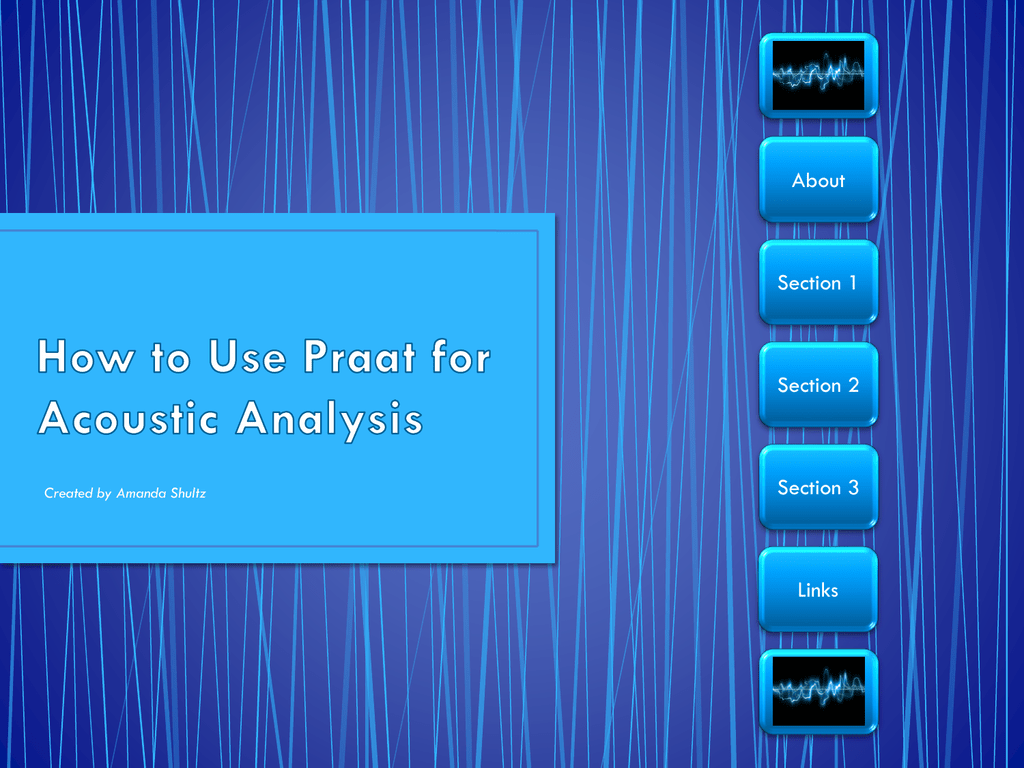
Psycholinguistics, analogously, suffers from over-representation of WISPy (Written, Institutionally supported, Standardized, Prestige) languages and varieties, spoken mostly by WEIRD-M(onolingual) participants. Psychology experiments suffer from over-representation of WEIRD (Western, Educated, Industrialized, Rich, Democratic) participants, calling into question the validity of supposed cognitive universals (Henrich, Heine, & Norenzayan, 2010). Written stimuli stop us from moving beyond WEIRD participants and WISPy languages/varieties Section 6 refers readers to resources on data analysis, and we conclude in Section 7. Sections 3, 4, 3, 4, and 5 provide tutorials for setting up and distributing experiments using audio stimuli in Praat, Qualtrics, and PennController for Ibex, respectively. As part of this goal, we focus in particular on the practicalities of using audio stimuli in Section 2. We argue that “Widening the net”-to use the term from Anand, Chung, and Wagers ( 2011)-is not only possible, but crucial for our field to move forward. The rest of Section 1 discusses contexts in which it might be beneficial or necessary to use non-written stimuli in acceptability judgment experiments, namely, increased representation of languages, varieties, speech communities, speakers, and empirical phenomena. We focus on spoken languages in our guidelines for implementation, but when it comes to motivating the use of non-written stimuli, the discussion is relevant to signed and spoken languages alike. The appropriate method(s) for investigating a particular phenomenon depends on a variety of factors here, we assume that the decision to use an acceptability judgment experiment has already been made (as opposed to elicitation, corpus methods, other types of experimentation, etc.).

For all, we discuss best practices when conducting an experiment with audio stimuli, and we give examples using multiple experimental platforms.Īlthough acceptability judgments have gained popularity in recent years among syntacticians, the value of doing so has been (and often still is) debated (see Schütze & Sprouse, 2013 chp 3 Myers, 2009 for some overviews of these debates). For those interested in conducting acceptability judgment experiments, particularly for underdescribed languages and varieties in non-lab contexts, we provide practical steps to get started. This paper has two main audiences: For those who are already experienced with acceptability judgment experiments in particular, we provide motivation to use non-written stimuli.


 0 kommentar(er)
0 kommentar(er)
